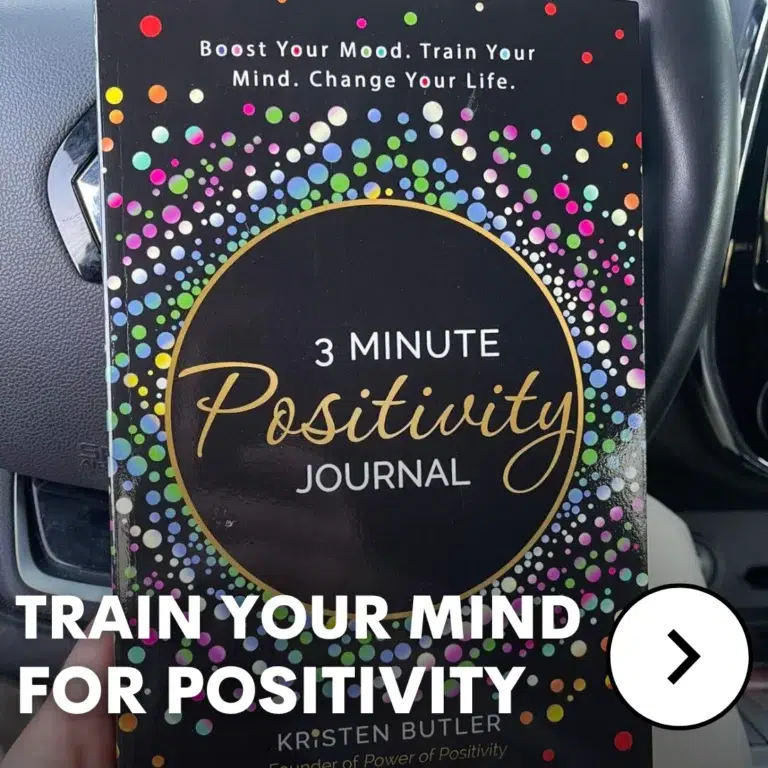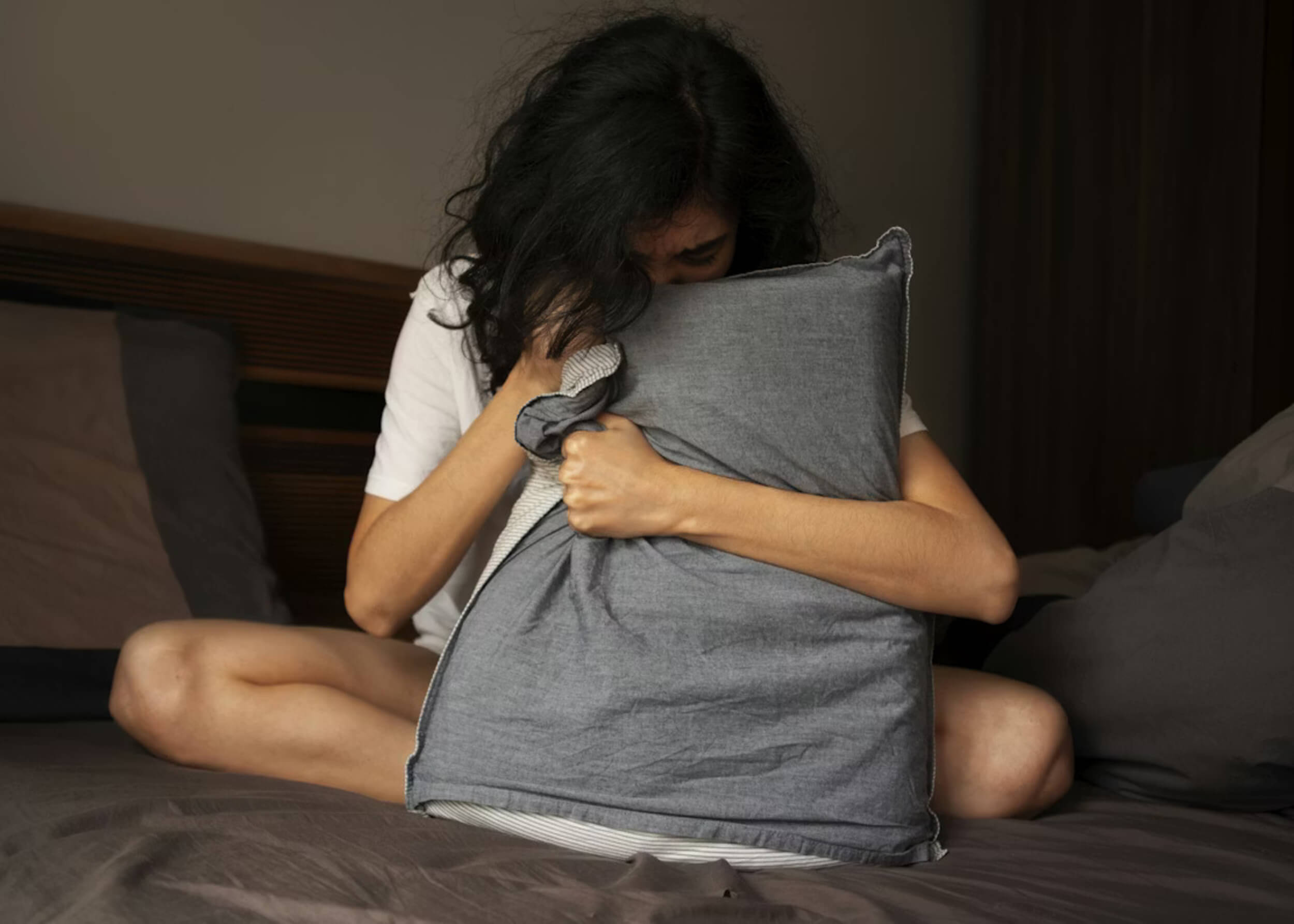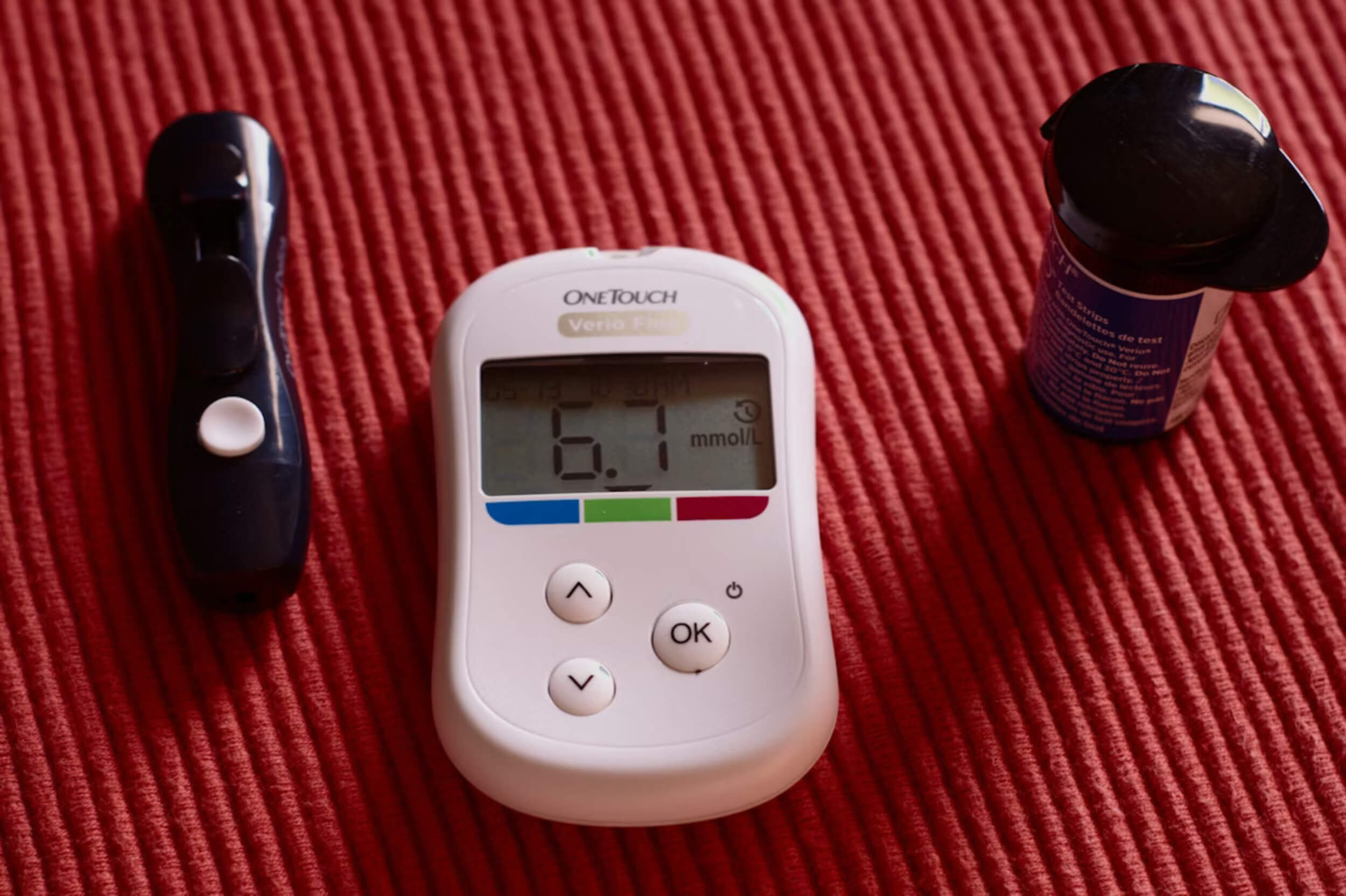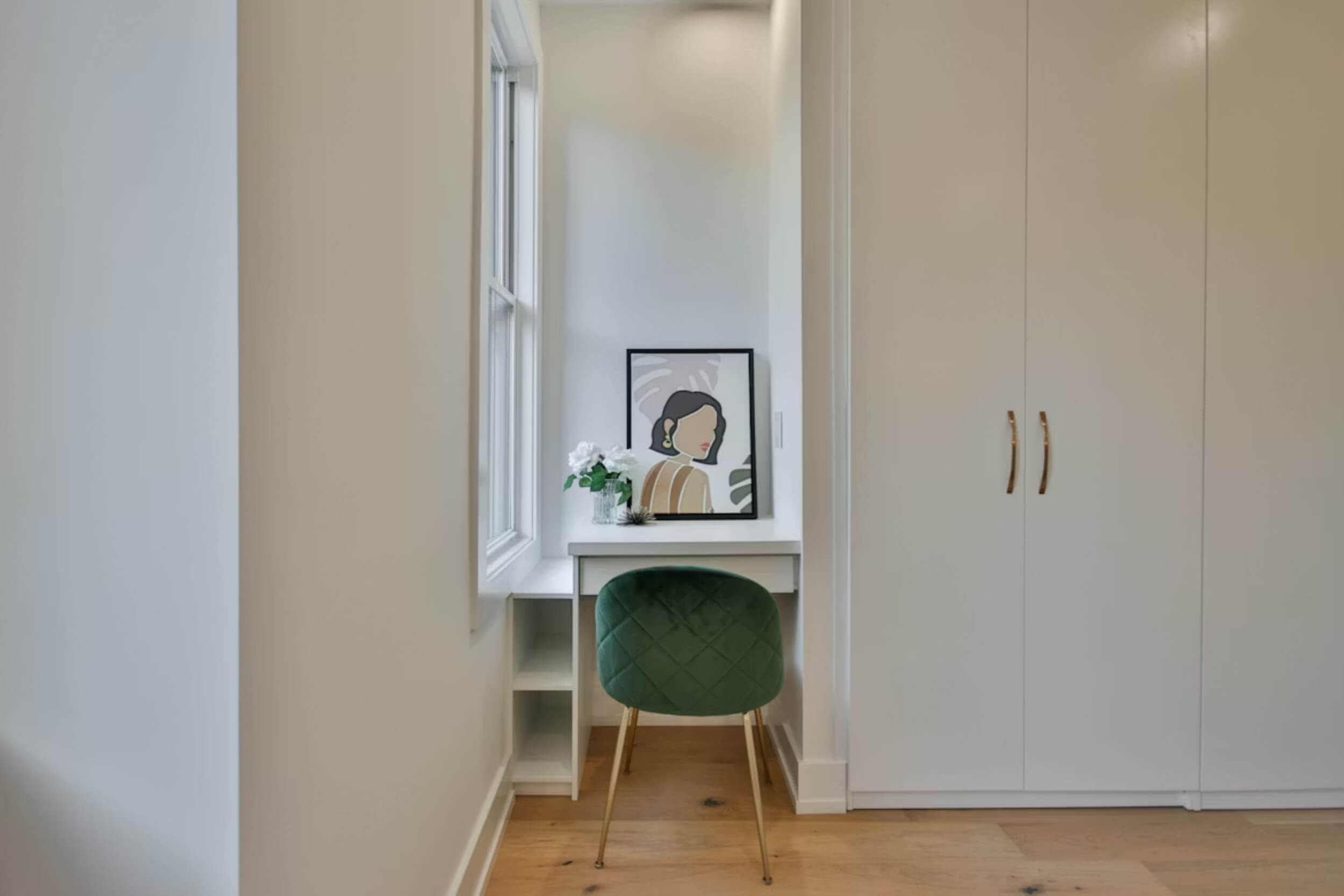Ever wake up sore, stiff, or achy for no clear reason? Your back might be trying to tell you something. It reacts to how you sit, sleep, and move—every single day.
Most people don’t realize that small things, like the way you sit on the couch or twist to grab something off the floor, can slowly wear your back down. You don’t have to be lifting heavy things or working a hard job to feel the effects.
What helps? The right habits. Learning how to support your spine throughout the day—whether you’re working, resting, or even sleeping—can make a big difference. You don’t need fancy gear or big changes.
If you’re ready to feel better and move easier, it starts here. These simple tips will help you sit smarter, sleep better, and move in ways that keep your back happy—and that’s something your whole body will appreciate.
How to Sit Without Making Things Worse
Let’s start with your hips and knees. They should sit level with each other, forming close to a 90-degree angle. This helps reduce pressure on your lower spine and keeps things balanced.
Feet should rest flat on the floor. If they’re dangling or tucked under your chair, that pulls your body out of alignment.
Your back should stay in contact with the chair. Scoot all the way back so your lower spine has the support it needs. Don’t perch on the edge—you’re not going anywhere.
Quick tip to keep your back happy: If your chair’s too high, use a footrest or even a stack of books to support your feet.
The Chair Check — What to Look For
Not all chairs are spine-friendly. A good one has some kind of support for the curve in your lower back. If it doesn’t, roll up a towel and place it behind you.
Make sure the seat height lets you keep your forearms straight when using a keyboard or table. Your arms shouldn’t be reaching up or drooping down.
Soft couches feel cozy but aren’t great for long sitting. They often make your hips sink, which forces your spine into an awkward bend.
A smarter setup helps keep your back happy—even if you’re parked for hours.
Slouching vs. Leaning — Know the Difference
Slouching pulls everything forward. Your shoulders round, your chest caves in, and your lower back takes the hit. It might feel natural, but it slowly wears down your spine.
Leaning on one side (like always resting your elbow on the desk) throws off your posture too. Over time, that can create pain in your lower back or hip.
Instead of forcing yourself to “sit straight,” think about stacking your head over your shoulders and your shoulders over your hips. No stiff soldier pose—just upright and relaxed.
One of the easiest ways to keep your back happy is to change small posture habits one at a time.
Sleeping Positions That Support, Not Strain
If you sleep on your side, good news—you’re already in one of the better positions. But to really support your spine, bend your knees slightly and tuck a pillow between them.
This small change keeps your hips and pelvis aligned, reducing stress on your lower back.
Body pillows are great here. They support your top leg and keep you from twisting too much in your sleep.
It’s a simple way to keep your back happy all night without any fancy gear.
If You Sleep on Your Back, Try This
Back-sleepers can also do well—with the right setup. Slip a pillow under your knees to help keep the natural curve of your lower spine.
Some people also benefit from a rolled towel under their waist for extra support.
Choose a pillow that keeps your neck even with your chest—not tilted too high or too low.
These little tweaks can go a long way to keep your back happy and reduce those stiff mornings.
Stomach Sleepers — Read This Before You Lie Down
Sleeping on your stomach is tough on your spine. It forces your neck into a twist and flattens the curve in your lower back.
If you can’t sleep any other way, place a thin pillow under your hips or lower belly. This lifts your midsection slightly and takes pressure off your back.
It’s better to go without a pillow under your head or use a very thin one to avoid putting your neck at an angle.
Changing your sleep setup, even just a little, helps keep your back happy over time.
How Movement Can Keep Pain Away
Your body isn’t built to stay still all day. Sitting for hours tightens the muscles at the front of your hips and weakens the ones that support your lower back.
Set a timer or use your phone to remind you to get up every 30 minutes. Walk around, stretch your arms, or stand for a minute.
Even just two minutes of light movement can wake up your muscles and help your back reset.
Keeping your back happy starts with simply not staying stuck in one spot for too long.
Try These Gentle Movements Daily
You don’t need a full workout to help your back feel better. A few basic movements done regularly make a big difference.
Try:
- Cat-cow stretches – Slowly move your spine up and down to ease tension
- Pelvic tilts – Rock your hips back and forth while lying down to activate your core
- Knee-to-chest holds – Gently pull one knee at a time toward your chest to stretch your lower back
Each of these takes under a minute but helps support your spine.
Simple routines like this help keep your back happy without adding stress.
Watch How You Bend and Lift
Most back injuries come from bending wrong—not from lifting heavy stuff.
When picking something up, bend at your knees and hips, not at your waist. Keep your back straight and the object close to your body.
Use both hands, stay steady, and never twist while holding weight. Turn your whole body instead.
The right technique helps keep your back happy whether you’re lifting groceries or grabbing laundry.
Work Smarter — Protect Your Back at the Desk
Working from a computer all day? Small fixes to your setup can save you big pain later.
Keep your monitor at eye level, so you’re not constantly looking down. Your keyboard and mouse should sit close enough to use without stretching.
Relax your shoulders and keep your elbows bent near your sides. No tense shrugging or awkward angles.
These small changes go a long way to keep your back happy, especially if you’re at your desk all day.
Don’t Skip Breaks — They’re for Your Spine Too
Staring at a screen for hours isn’t just hard on your eyes—it’s tough on your back, too.
Take short breaks every 30 minutes. Stand up, walk a few steps, or stretch your arms overhead.
If possible, switch between sitting and standing every few hours. Even a few minutes on your feet can help.
A little movement keeps your back happy and your brain more focused.
When Resting Isn’t Really Restful
Lying in bed all day used to be common advice for back pain. But we now know it often does more harm than good.
When you stay still for too long, your muscles tighten and joints stiffen up. That makes it harder to move without pain later.
Instead, aim for gentle activity. Light stretching, short walks, or just changing positions throughout the day helps your body stay loose and promotes healing.
Staying lightly active is one of the smartest ways to keep your back happy, even when it’s hurting.
Final Thoughts: Small Changes, Big Relief
You don’t have to flip your whole routine to feel better. Just a few smart changes in how you sit, sleep, and move can make a real difference.
Supporting your spine doesn’t mean doing more—it means doing things a little better. A better chair. A better pillow. A better way to pick something up off the floor.
Your back will always give you signals when something’s off. Pay attention.
Even tiny adjustments done consistently can keep your back happy—and when your back feels good, the rest of you moves through life a lot easier.















